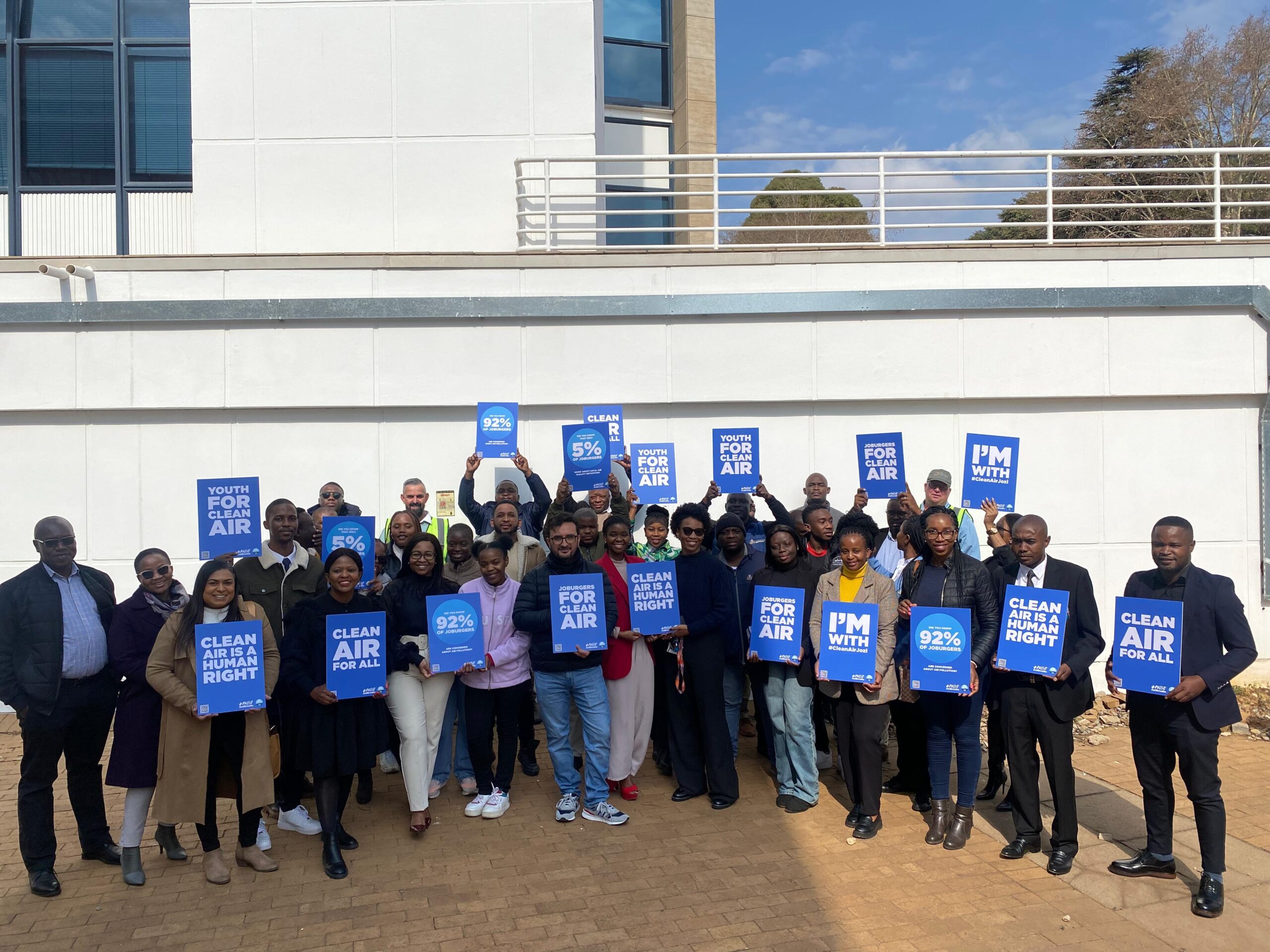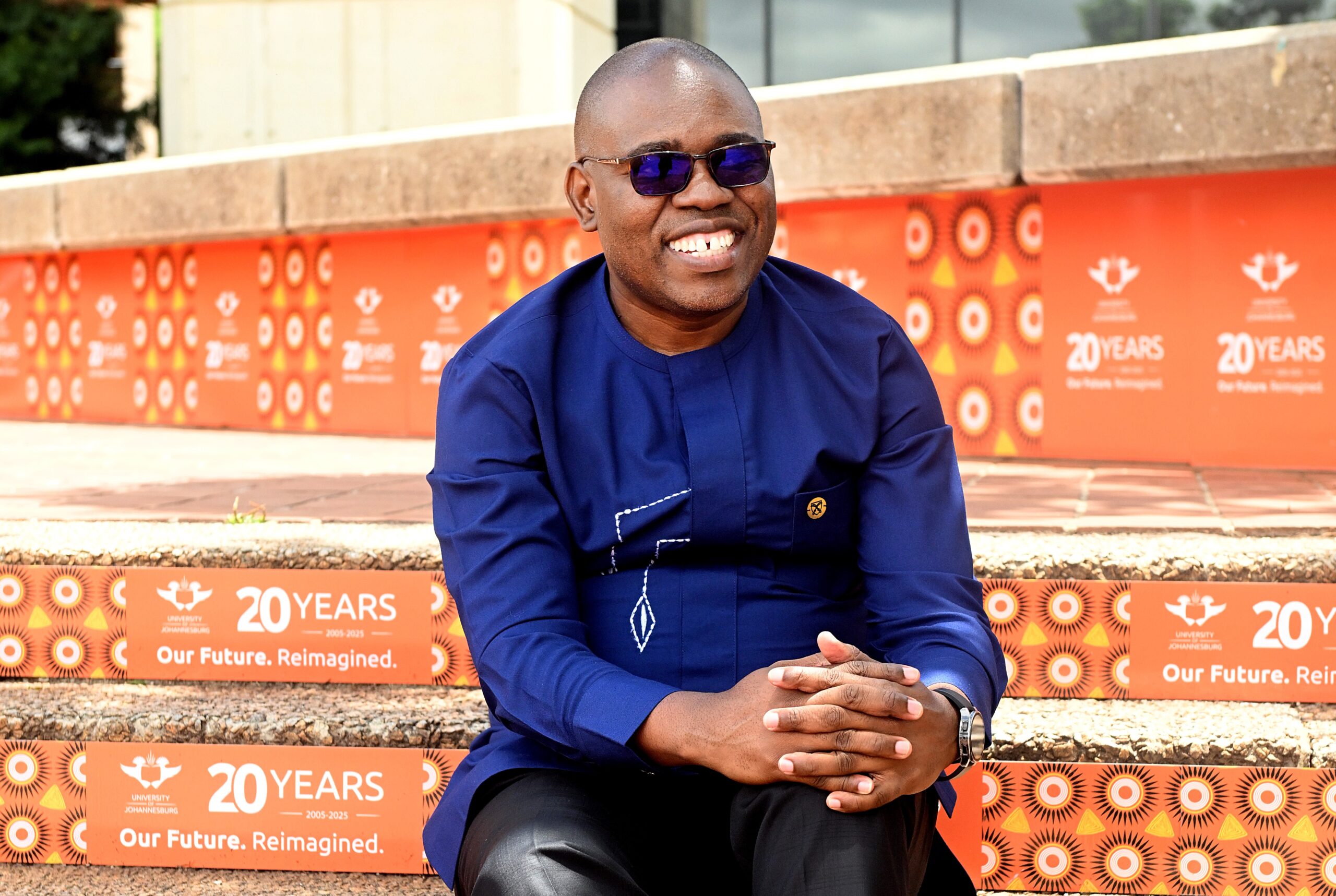Mlamuli Hlatshwayo is an Associate Professor at the Ali Mazrui Centre for Higher Education Studies, Faculty of Education, University of Johannesburg.
He recently published an opinion article that first appeared in the IOL on 18 February 2025
This year marks 10 years since the emergence of the #RhodesMustFall (RMF) in South Africa in 2015.
Largely sparked by the student activist Chumani Maxwele who poured faeces at the University of Cape Town’s statue of the arch-imperialist and racist colonizer Cecil John Rhodes, this protest rapidly spread throughout South African universities.
Uniting vastly different higher education institutions such as Rhodes University in Makhanda, Wits University in Johannesburg, Tshwane University of Technology in Pretoria, the University of KwaZulu-Natal in eThekwini, amongst others, different student formations rose in an attempt at tackling and confronting what was largely seen as the snail pace of institutional reforms and transformation in South African universities. So, the question is: What has been gained from the #RhodesMustFall movement so far, and perhaps most importantly, what is yet to be achieved in our sector?
Demographic transformation
First, the facts.
It is simply not true that nothing has materially changed in South African higher education since 1994. The facts on the ground simply don’t support that statement. The demographic transformation in terms of student enrolment and participation rates has been an incredible achievement for the post-apartheid democratic government.
In 1994, we had 495 348 students in higher education, with 44.7% white, 42.8% African, with Coloured and Indian students making up 12.5% of the enrolment. With the latest publicly available data from the Council on Higher Education (CHE) from 2022, we now know that we have over a million students in the public higher education system (1 077 768), with African students sitting on 80% of all enrolments, white students (9%), Coloured students (5%), and Indian students (3%). Read in gender terms, women students now dominate enrolment and participation patterns, with 62% of all registered students in the sector being women, while men students sit on 38%. Thus, in terms of the physical enrolment and participation rates in the country, we could confidently say that the sector has experienced some form of demographic transformation and reforms.
Knowledge and curriculum questions
The RMF movement levelled a persuasive and powerful critique of the Eurocentric nature of curriculum design in South African universities, with “dead white men” dominating major forms of knowledge production in our lives.
Put differently, a large number of our curricula in SA continue to recognise/ value/legitimate Western knowledge systems often at the expense of African and global South intellectual traditions. The implication here is fairly simple to follow – to be African, Black (and from the global South) is to be intellectually and cognitively absent and erased from the global arena of thought, and knowledge production.
Reason and rationality, at least in the Eurocentric formulations and imagination, cannot be accessed by those who look like us. It is for that reason that French philosopher Rene Descartes’s Cogito, ergo sum (“I think, therefore I am”) is dangerous for us all.
Firstly, that philosophical claim falsely collapses and reduces reason (and rationality) with being and becoming, and secondly, it suggests (falsely again) that based on the body (that is, white, male, heterosexual), then, therefore, one has valued and recognised forms of knowledge, spiritualties, cultures, etc.
This led to the Educationist and curriculum philosopher Lesley le Grange correctly arguing that rejecting Cartesian rationality demands that we advance what he coined as “Ubuntu current”, that is, Ubuntu curriculum, based on the commitment to disrupt and dismantle Eurocentric supremacy in curriculum, re-centring and re-placing African and global South intellectual traditions, and bringing in student voice(s) to curriculum design.
Drawing on Lewis Gordon’s idea of shifting the geography of reason and Dipesh Chakrabarty’s notion of provincializing Europe, serious work still needs to be done post the RMF in seriously engaging with the work of Pixley ka Seme, William Wellington Gqoba, Samuel Edward Mqhayi, Nkwame Nkrumah, Ifi Amadiume, Aimé Césaire, Walter Rodney, Wangari Maathai, Ali Mazrui, Paulin Jidenu Hountondji, VY Mudimbe, Leopold Senghor, Mariama Bâ, Percy Mabogo More amongst others, as a central logics of curriculum inquiry and not as an added elective to be chosen and discarded by students once the “core discipline” has been firmly established. In Fanonian terms if you like, those who live/breathe/ think in the zone of nonbeing continue to be excluded from the global epicentre of knowledge production, with intellectual dispossession being the reigning order of the day.
Furthermore, and often ignored and overlooked since the RMR movement, has been the exclusive and often secluded site of curriculum design for lecturers. What the late British philosopher Basil Bernstein had called the “field of recontextualization”, this is the site where lecturers especially those working in Business, Economics, Humanities and Education faculties, often sit alone in their offices and design their modules as they wish, with little accountability, oversite or critique.
This site is often characterised by what we all value and treasure as academic freedom that is central to our intellectual autonomy in being able to do our jobs as academics without worrying about state imposition and political interference.
However, it is important to ask, how do we navigate academic freedom and RMF’s call for decolonization? Is decolonization a choice? Can academics rightly, or wrongly, choose to opt out of decolonization, and can we compel them to decolonize?
These and other questions are important as we often falsely assume that:
- All academics have a common understanding of what decolonization means in higher education,
- All academics agree that we need to decolonize, and;
- All academics are all working towards decolonization in our spaces.
Grappling with the critical questions of academic freedom against the ethical commitment to decolonize as articulated by RFM is important to understanding the complexities of transformation not only in South Africa but across the global South as well.
Institutional culture
In his now famous paper, “Institutional Culture as Whiteness: ‘a complex argument’”, John Higgins argues that institutional culture is such a slippery concept, difficult to explain and define, very hard to grapple with and to explicate. Institutional culture is mostly a feeling, a sense one has, rooted in long-established normative ideas, practices, ceremonies, cultures and the identities of an organisation.
Black students and academics during the RMF protests reflected on the hegemonic culture of whiteness that dominates historically white universities, and its insidious, alienating and colonizing nature. To be Black in such institutions is to become a space invader, a pariah, a native of nowhere, a body out of place, unwarranted, defective and misplaced.
The implicit racism, classism, sexism, microaggressions and abuse in such institutions is further compounded by Universities South Africa (USAF)’s 2022 report on students’ mental health in 19 public universities in the country, with shocking findings on how the “prevalence rates of anxiety disorders are consistently higher at historically white institutions with these students reporting much higher levels of distress”.
Also disturbing, the report further reveals that Black students and those who identify as Coloured or Asian, were at a much higher risk of mental illness compared to white students in such institutions. Thus, the alienation, marginality and structural oppression that Black students (and staff) experience at historically white universities has direct implications for the throughput and dropout rates in SA, with Black students likely to drop out as a result of these challenges.
The 10th anniversary of the RMF movement offers us an opportunity to reflect on the significant contributions of this movement both in South Africa and in the global South. With the then shutdown of all 26 public universities in the country, the RMF called into question issues of access and success of Black students, curriculum and knowledge questions, and the slippery nature of a colonizing and alienating institutional culture(s) amongst others.
While some gains have been made in student enrolment and participation rates, student funding through the National Student Financial Aid Scheme (NSFAS), in-sourcing of some workers, amongst others. More work still needs to be done on the knowledge, curricula and students’ well-being aspects to truly achieve the decolonization ideals of RMF.
*The views expressed in this article are that of the author/s and do not necessarily reflect that of the University of Johannesburg.



